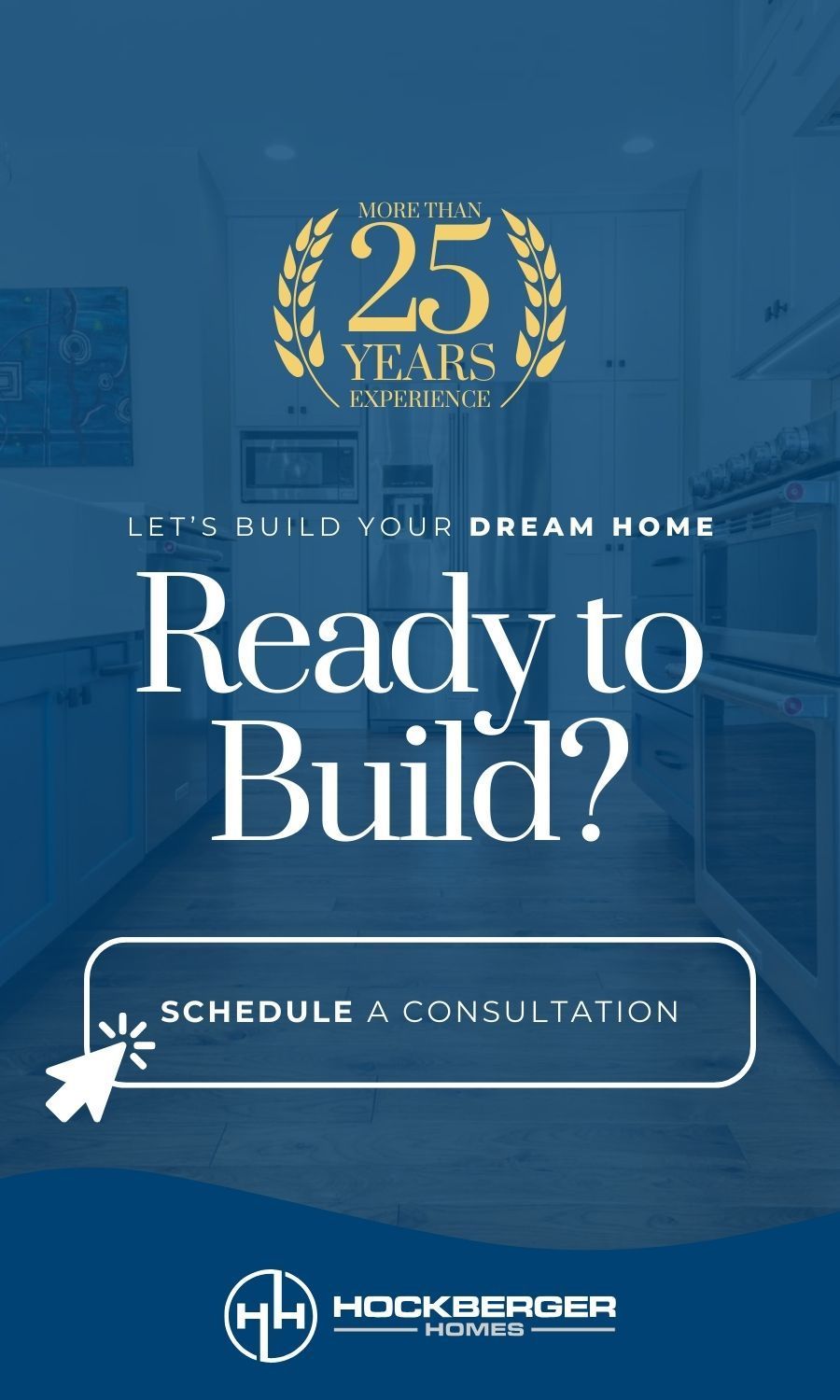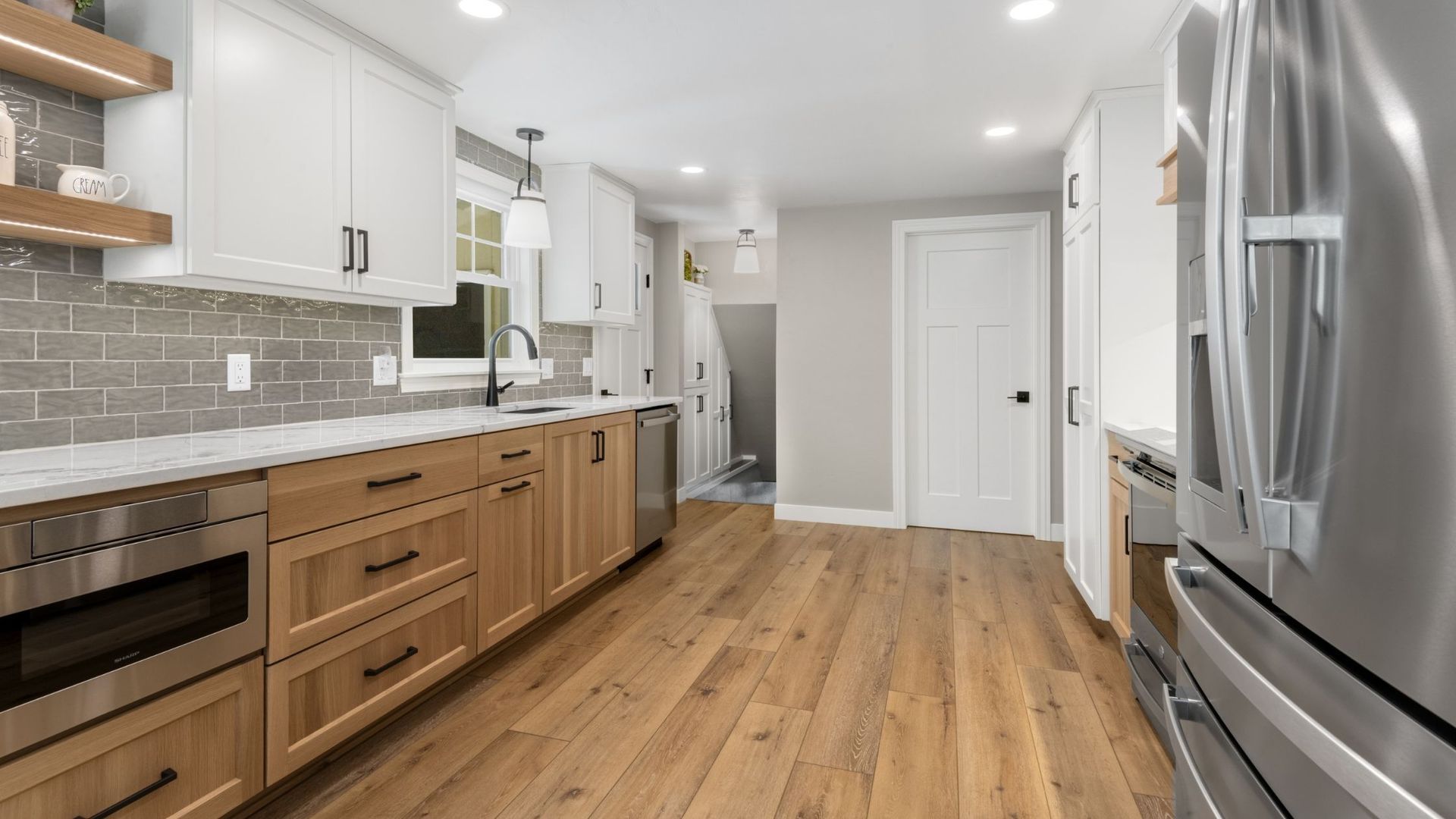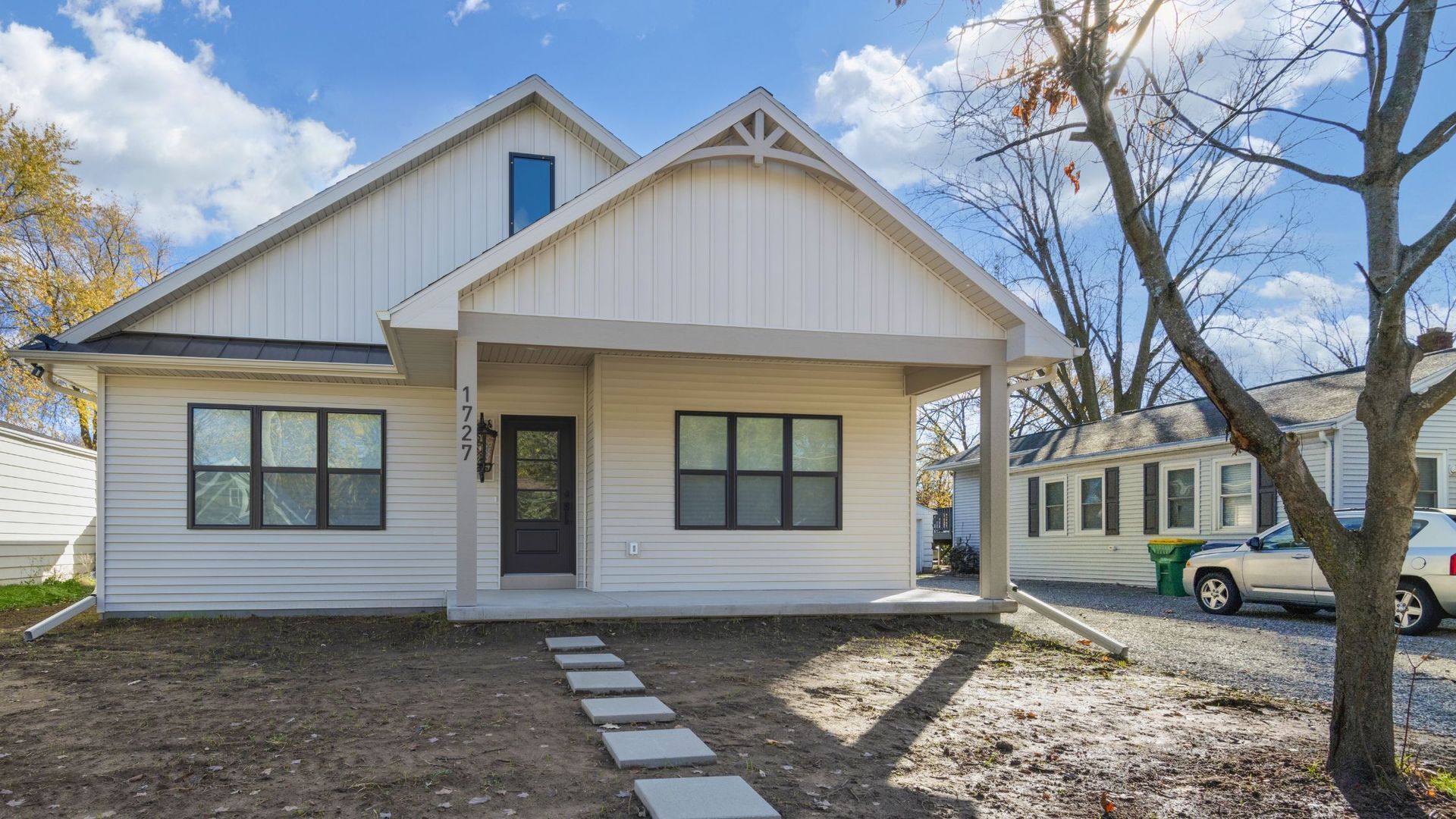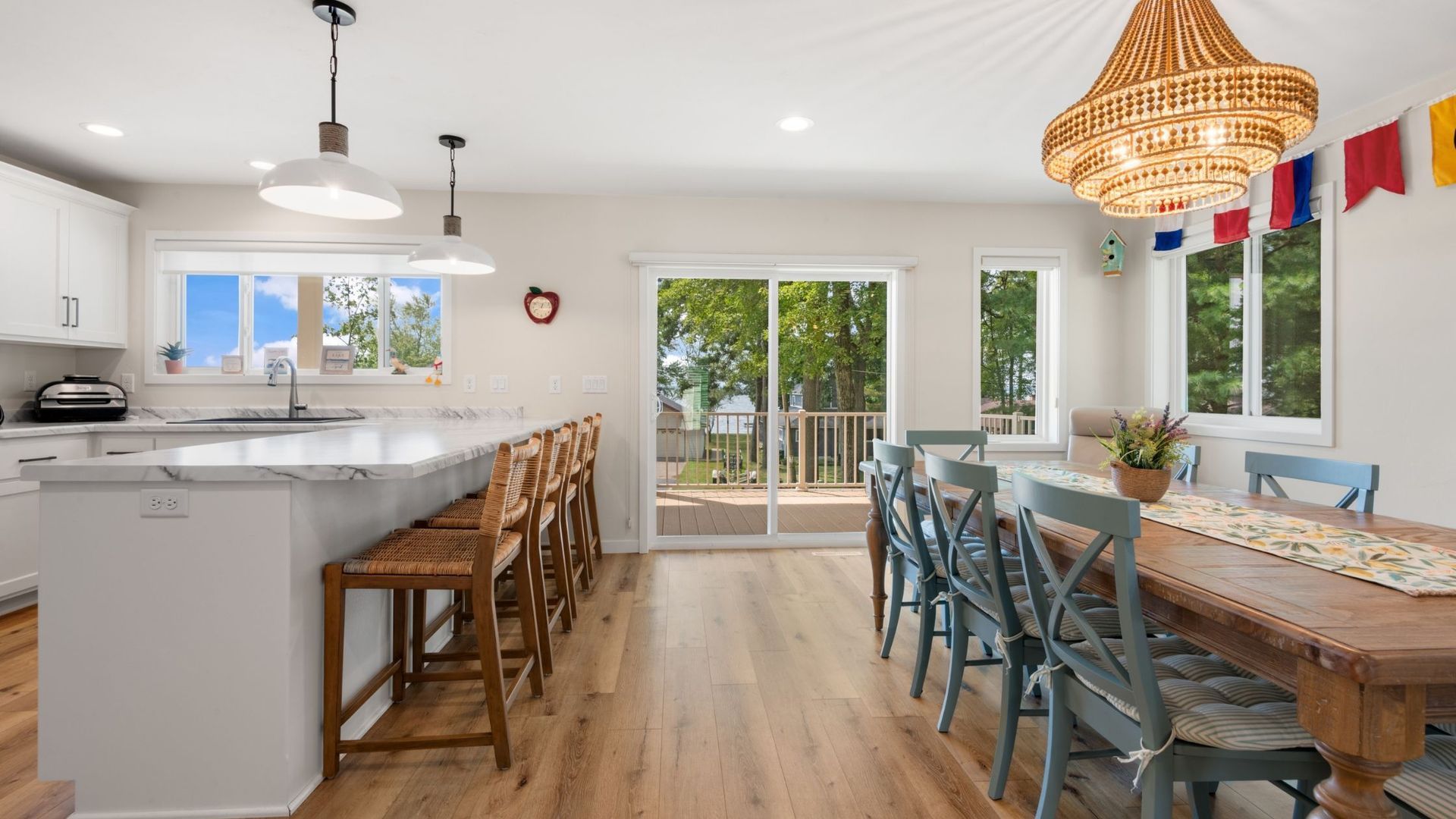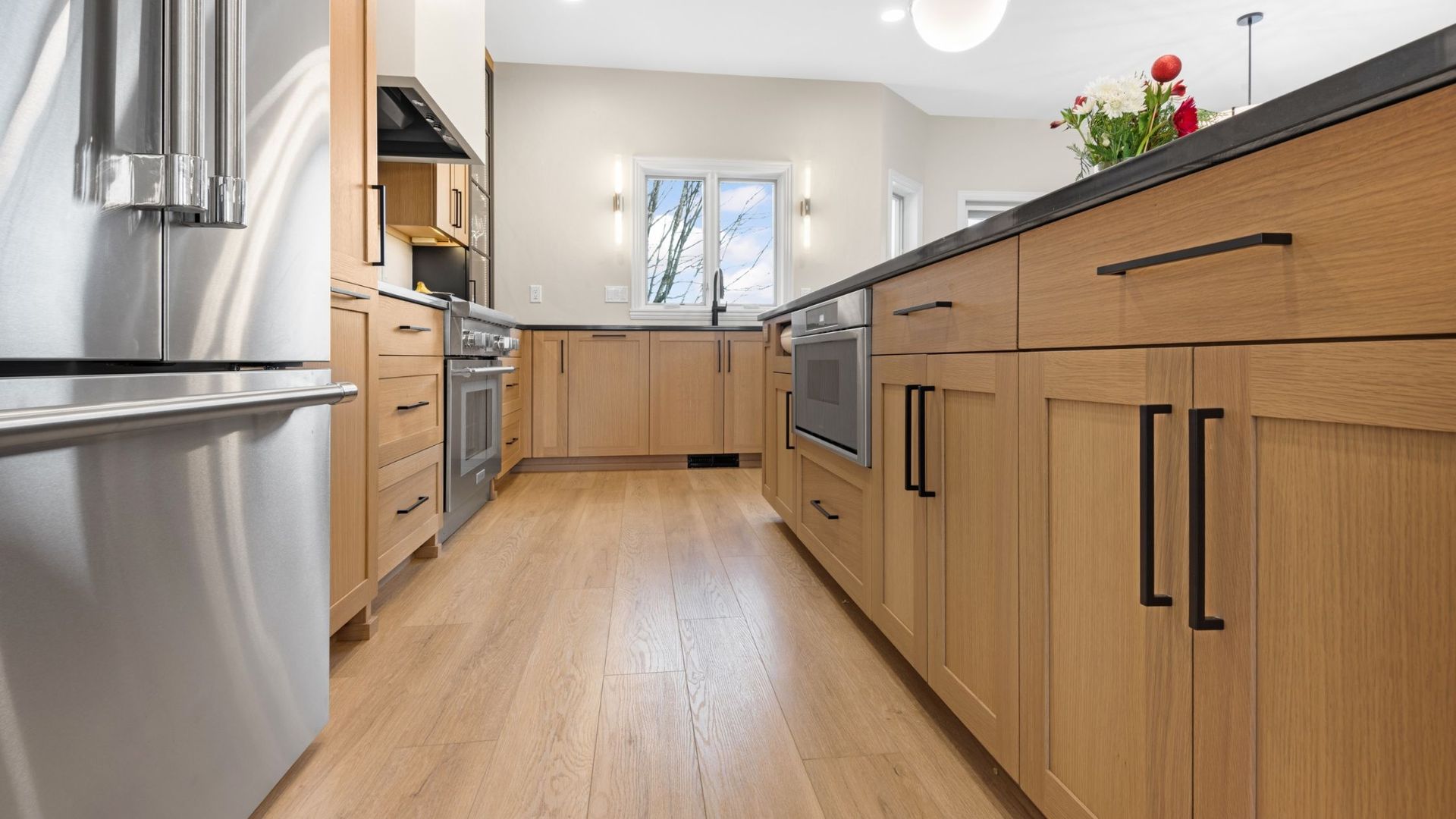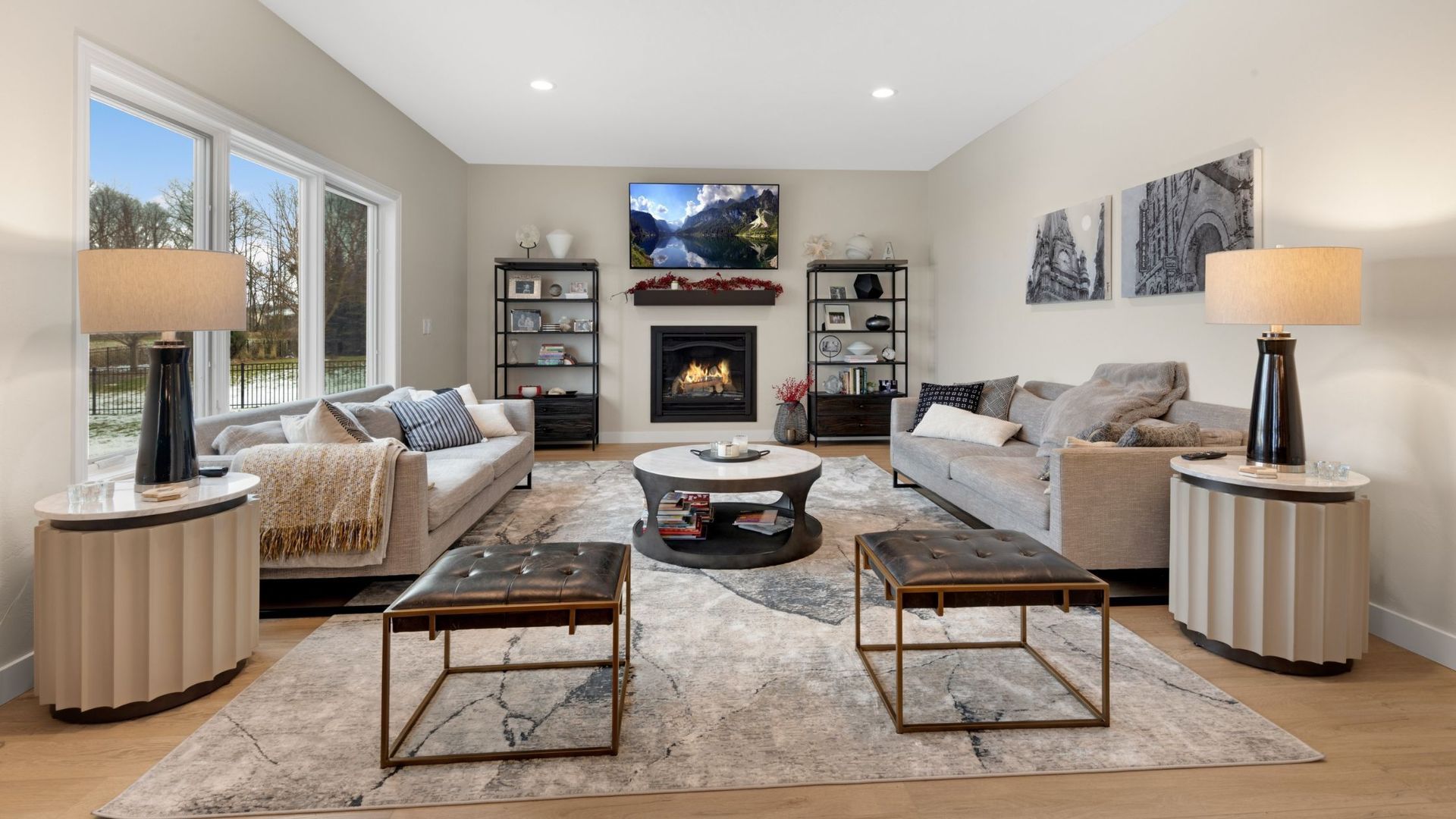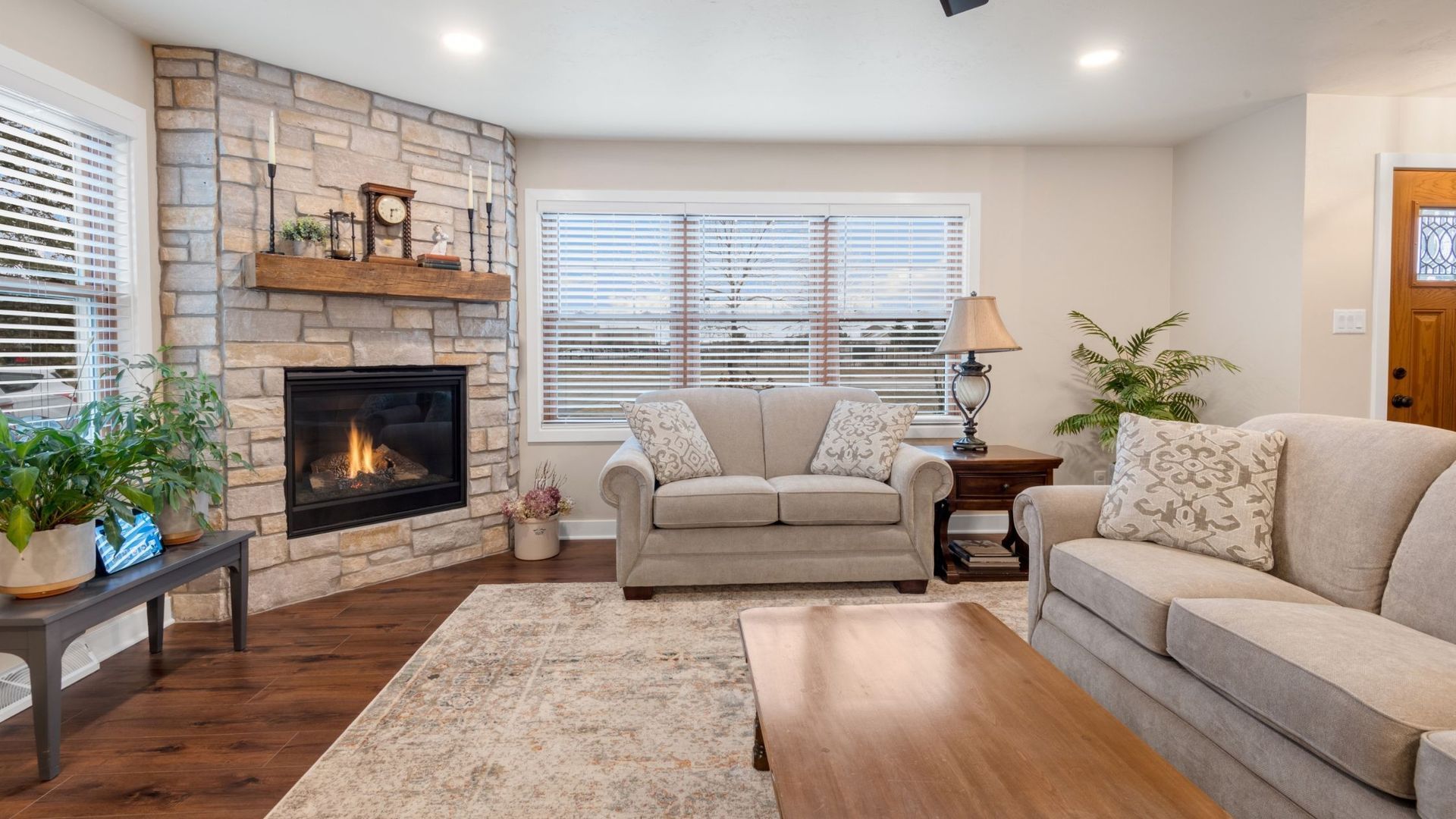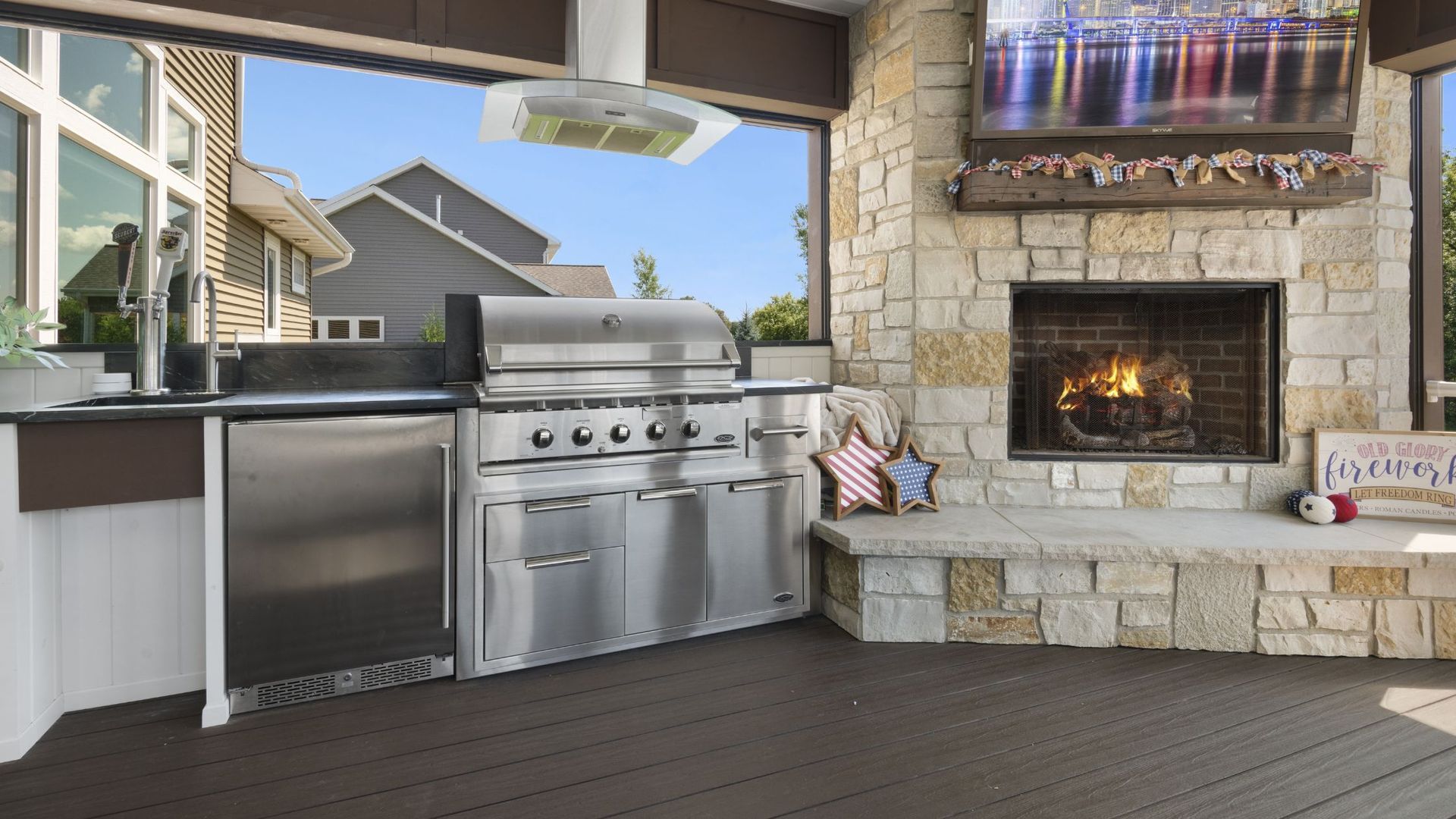Planning for the Future: Creating a Forever Home
How to Craft a Home You'll Love For Years to Come
Share
Imagine living in a home that grows with you, adjusting to your needs as life changes. That's the beauty of a "forever home." By planning ahead and designing with aging in place in mind, you can make sure your home stays safe, comfortable, and functional no matter what the future holds.
With a few smart choices now, you can enjoy a home that works perfectly for you today and keeps delivering benefits for years to come.
Key Takeaways
- Future-Proof Design: Creating a forever home involves planning for your future needs and ensuring your home stays functional and comfortable as you age.
- Aging in Place: Incorporating aging-in-place principles can help your home adapt to changing abilities and health conditions over time.
- Essential Features: Key elements such as single-level living, wide doorways, non-slip flooring, lever handles, and accessible bathrooms enhance safety and usability.
- Smart Technology:
Integrating smart home technology like voice-activated systems, automated lighting, and smart thermostats can make daily life easier and more convenient.
- Practical Tips: Consider flexible spaces, energy-efficient appliances, and ample storage solutions to enhance your home's adaptability.
- Professional Guidance: Consulting with experienced local builders like Hockberger Homes, based in Green Bay, WI, can help you personalize and perfect your forever home design.
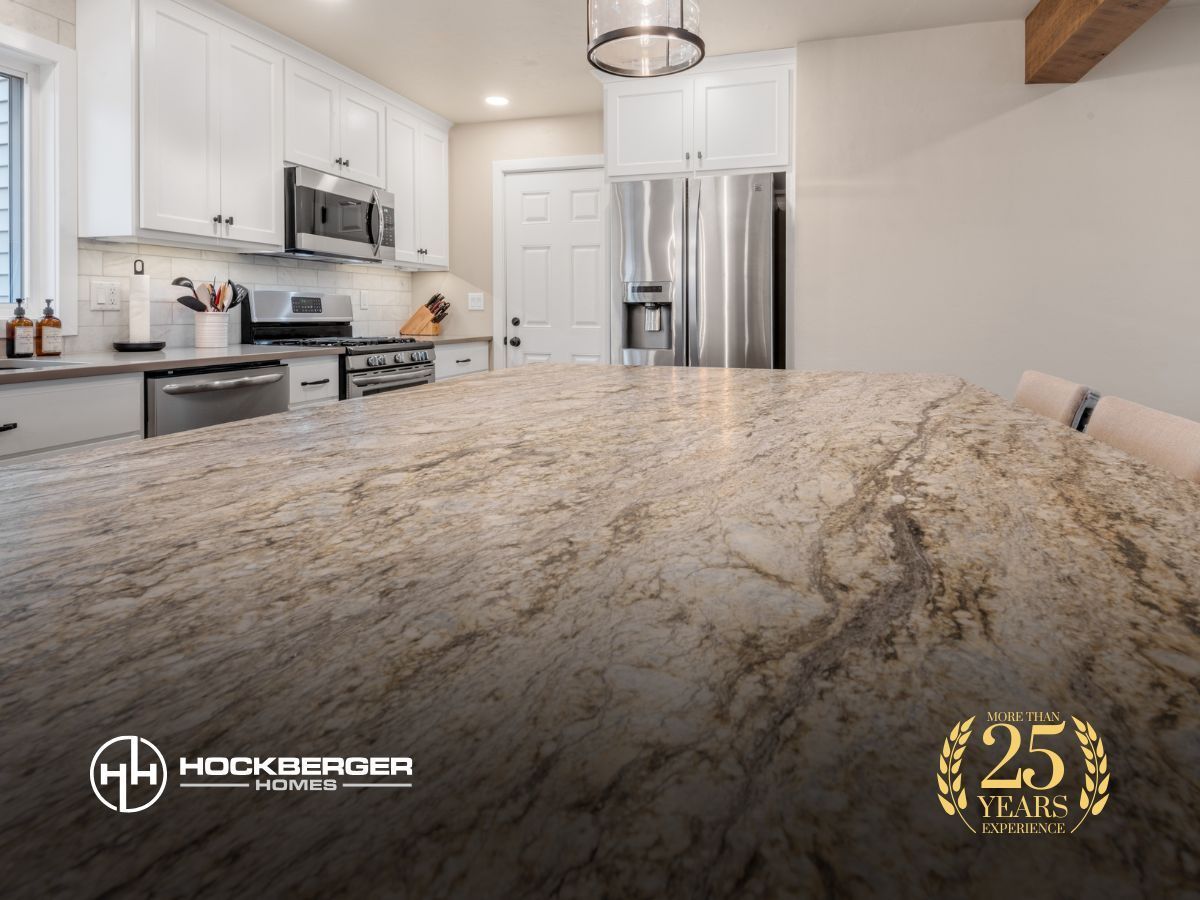
At Hockberger Homes, we specialize in transforming your dream home into a tangible reality through our custom home-building services. With over 25 years of experience in Green Bay and the surrounding areas, our team is dedicated to crafting personalized living spaces with unmatched attention to detail and quality craftsmanship. For more information on how we can help you build the home you've always wanted, contact us for a free consultation.
EXPLORE MORE RESOURCES
What is Aging in Place?
Aging in place refers to the ability to live in your own home safely, independently, and comfortably as you age, regardless of your abilities or health conditions.
It’s vital for homeowners to consider this concept because as we grow older, our needs and capabilities change. Designing a home that can adapt to these changes is not just a growing trend but a necessary evolution.
More and more people are opting for homes that offer flexibility and accessibility, ensuring long-term comfort and stability without the need for significant modifications or relocations.
Top Features of an Adaptable Home
Designing a forever home involves incorporating key features that ensure accessibility and safety as needs change over time.
- Single-Level Living: Homes with a single-story layout or having essential rooms like the bedroom, bathroom, and kitchen on the main floor provide ease of access and reduce the risk of falls associated with stairs.
- Wide Doorways and Hallways: Wider passages accommodate wheelchairs, walkers, and other mobility aids, making it easier for everyone to move around the house comfortably and independently.
- Non-Slip Flooring: Choosing non-slip surfaces, particularly in high-risk areas like bathrooms and kitchens, significantly reduces the risk of slips and falls, enhancing overall safety.
- Lever Handles: Lever-style door handles and faucets are easier to operate than traditional knobs, especially for those with arthritis or limited hand strength.
- Accessible Bathrooms: Features like walk-in showers, grab bars, and higher toilets make bathrooms safer and more convenient. These elements not only provide immediate safety benefits but also future-proof the home for potential mobility challenges.
Incorporating these features ensures that your home can adapt to your needs, allowing you to live comfortably and independently for years to come.
Tech Integration for a Forever Home
Integrating smart home technology plays a crucial role in making your home future-proof. Voice-activated systems such as Alexa or Google Assistant allow you to control various home functions hands-free, which is especially beneficial as mobility or dexterity may decline. Automated lighting can enhance safety by ensuring your home is well-lit when needed, reducing the risk of trips and falls.
Smart thermostats, like Nest or Ecobee, allow for easy and efficient home climate control, ensuring comfort while saving energy. These tech additions not only offer convenience and security today but also prepare your home for future needs.
Future-Proofing Tips
Want to make your home truly adaptable for the future? Here are some practical tips:
- Flexible Spaces:
Think about designing rooms that can serve multiple purposes. For example, a guest bedroom that can double as an office or a playroom that can later become a gym.
- Energy Efficiency: Invest in energy-efficient appliances and infrastructure. This will save you money in the long run and is kinder to the environment.
- Storage Solutions: Don’t underestimate the power of good storage. Make sure your home has plenty of easy-to-reach storage spaces so everything you need is always at hand.
These tips will not only make your home more functional and comfortable now but also ready for whatever the future brings.
Conclusion
Thinking ahead is key when designing your forever home. Using these tips, you’ll be much better prepared to create a space that grows with you and your family. Excited to get started? Reach out to Green Bay-based custom home builder Hockberger Homes today for a personalized consultation, and let’s make your dream home a reality!


